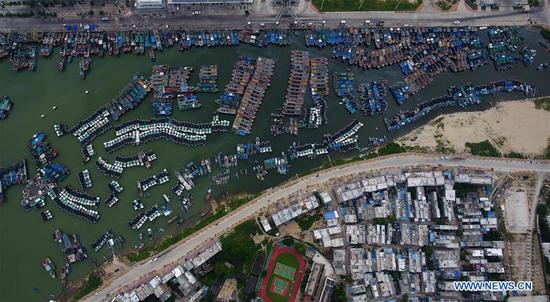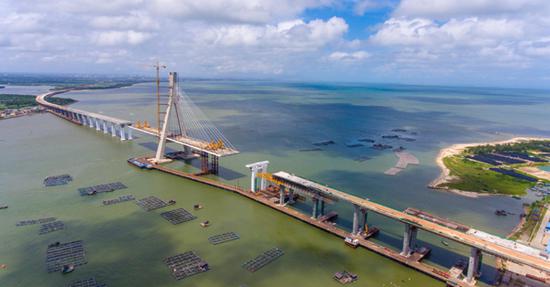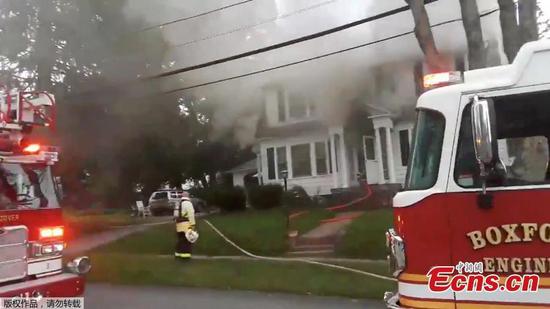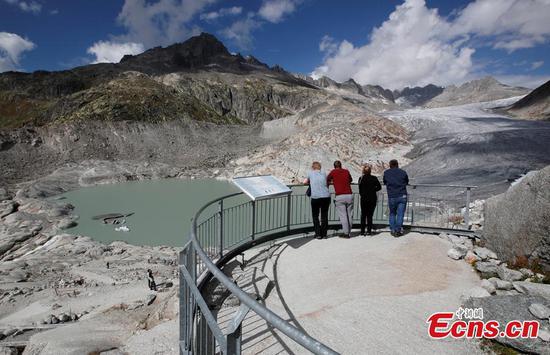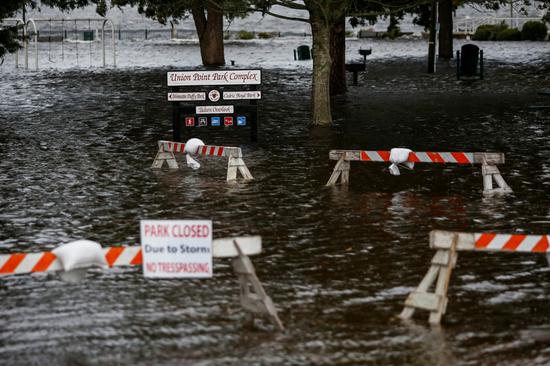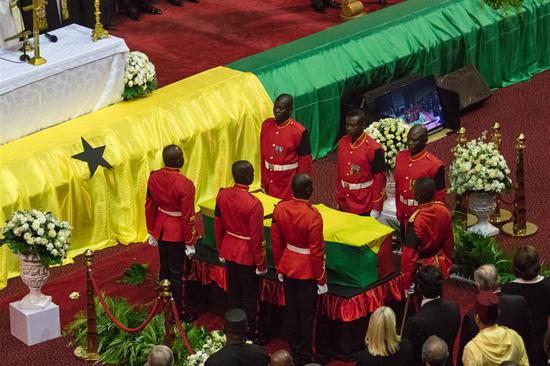The death toll rose to 11 on Saturday as storm Florence continues slamming into the U.S. East Coast with howling winds and blinding rains, authorities said.
The storm, which made landfall as a Category 1 hurricane on Friday morning and weakened to a tropical storm hours after, caused massive damage across the U.S. states of North and South Carolina by felling trees, splintering buildings, trapping hundreds of people, inundating communities and knocking out power.
At least eight people have died from the storm in North Carolina, including a 41-year-old mother and her infant killed by a tree which fell on their home, a husband and wife due to a house fire, and two men who had been electrocuted, local media reported.
In Hampstead, North Carolina, a woman died of a heart attack on Friday since emergency crews could not reach her due to fallen trees that blocked the road, local media reported.
In South Carolina, a woman was killed when she struck a tree while driving, and a couple died from carbon monoxide poisoning from a generator being operated inside their home, officials said.
Florence has already set rainfall records and left tens of thousands of people in shelters and more than one million homes without power, according to a Washington Post report on Saturday.
By storm's end, up to 40 inches of rain will have fallen in parts of North Carolina and far northeastern South Carolina, the National Hurricane Center said.
North Carolina Governor Roy Cooper warned Saturday that the volume of rainwater Florence will drop in the coming days may cause flooding not seen at least in a generation.
"The flood danger from this storm is more immediate today than when it ... made landfall 24 hours ago," Cooper said Saturday morning. "We face walls of water at our coasts, along our rivers, across our farmland, in our cities and in our towns."
About 760,000 customers are without power in North Carolina on Saturday. In South Carolina, some 36,000 customers are without power, officials said.
The storm surge of up to 13 feet (3.9 m) will be "life threatening" and rainfall of up to 40 inches (101.6 cm) will mean "catastrophic" flooding, according to the National Hurricane Center.
The states of Georgia, South Carolina, North Carolina, Virginia and Maryland, as well as Washington D.C., declared a state of emergency ahead of the storm.
According to the U.S. National Weather Service, there are 5.25 million residents in areas under hurricane warnings or watches, and 4.9 million in places under tropical storm warnings or watches.










